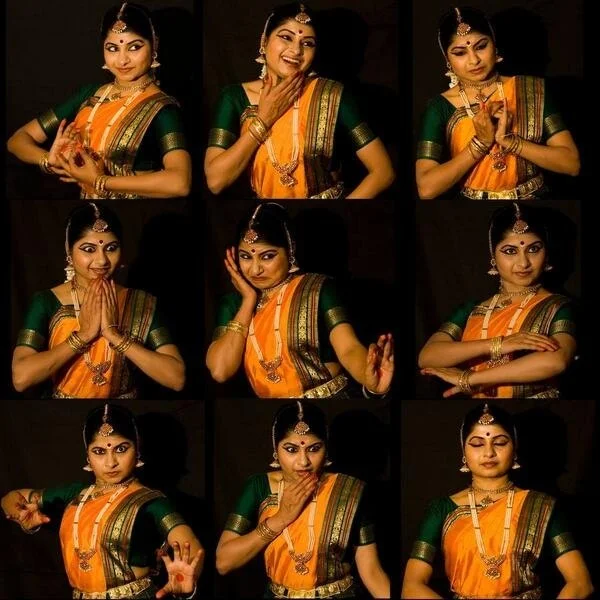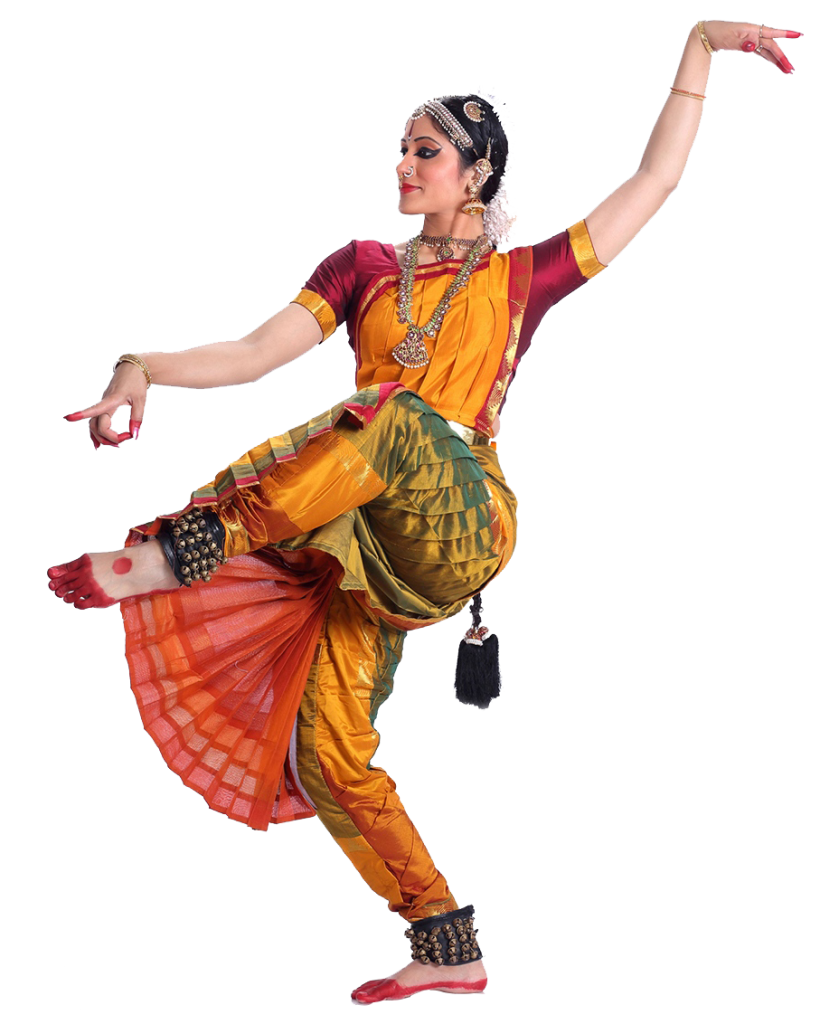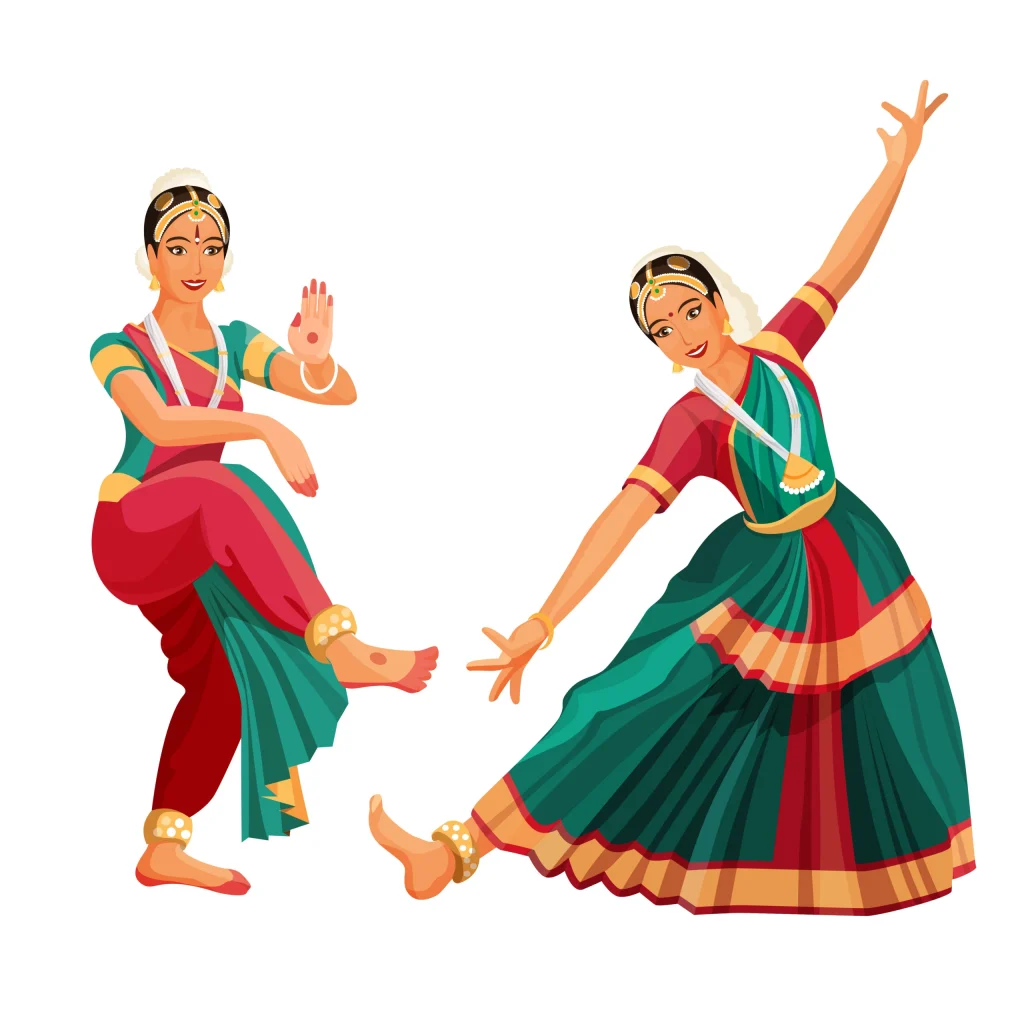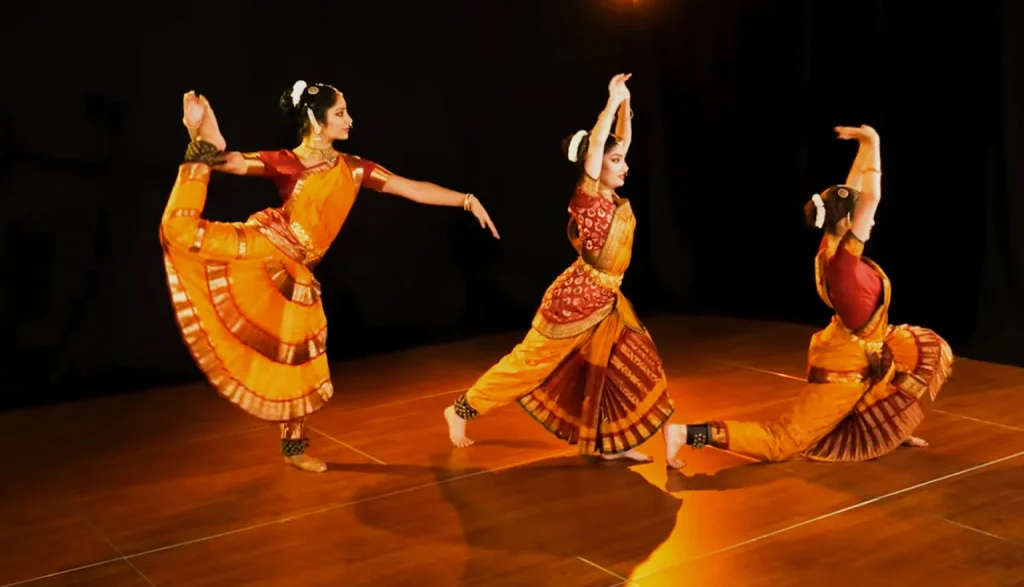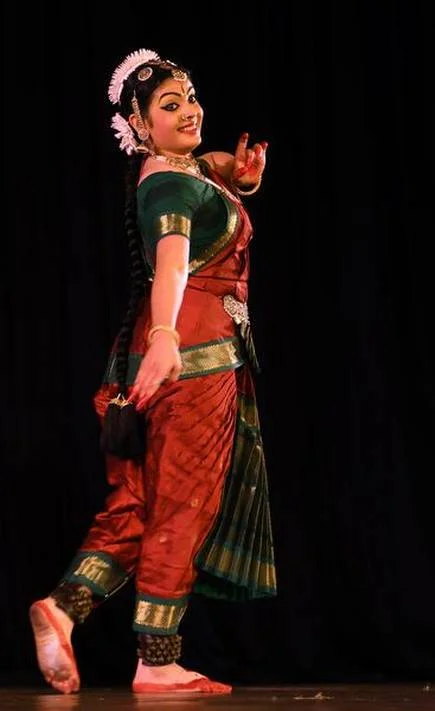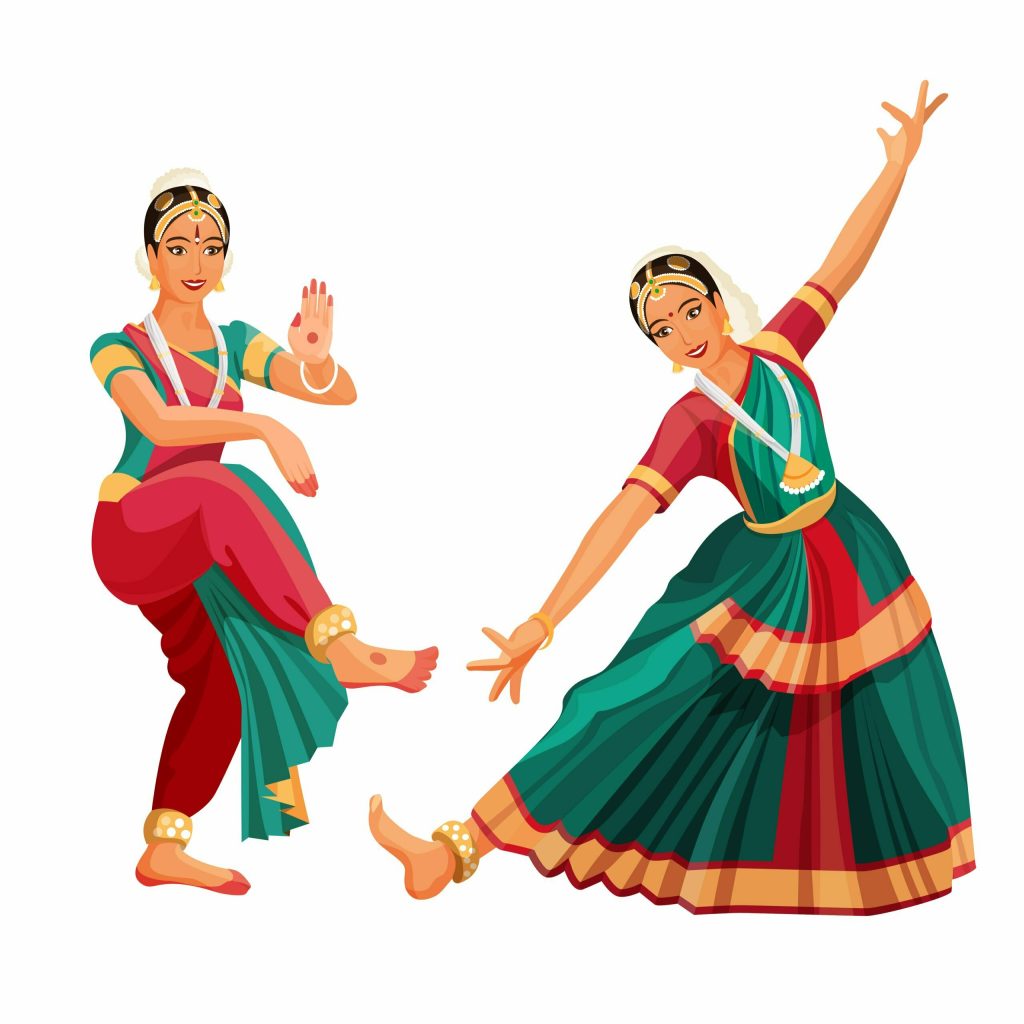What are Varnams?
Varnams are considered to be a composition from the Carnatic music of South India and consists of small metric pieces of musical compositions. This becomes a central part of the most important part of ragas. Varnam tends to hold the bhava in a raga and one of the most significant parts of Carnatic music.
Phrase usage also called Janta Prarogyas and also “dhatu” constitute major components of Varnam. Varnam constitutes a very complex part of Carnatic music. Varnams consist of lyrics & word passages which include, Pallavi, Anupallavi, Muktaayi Swaras, Charanam, and Chittaswaras.

Varnams are primarily used in Carnatic music forms the basic grammar of ragas and making your voice smoother and better. These compositions are a part of both Abhyasa Gana and Sabha Gana in Carnatic music.
Varnam has different types and is formed using different talas. These are performed at the opening of any Carnatic music performance. This is taken to be a warm-up exercise for the singers of South India. Varnam also forms a relevant part of the Bharatanatyam dance form. In Bharatanatyam, Varnam is kept at the centre of the dance performance. Varnams are significant in the concerts of Bharatanatyam performances.
Significance of Varnams
Varnams are a very important component of Carnatic music and Varnams help to make the voice of the singers get a wide range and clarity. This is also used to do warm-up exercises to improve the vocal quality. This is an indispensable part of South Indian music.
Varnams are immensely significant in Bharatanatyam as well. This provides vibrance and richness to the dance form. Various forms of Varnams are important in Bharatanatyam which are Pada Varnam, Swara Jathis, Dharu Varanams, and Tara Varanams.
Types of Varnams
The types of Varanams include the Tana Varanam, Pada Varnam, and the Pada jathi Varanams. While tana varanam is a part of Carnatic music, the Pada Varnams and the Padajathi Varanams are part of the Varanams used in the Bharatanatyam dance form.
Bharatanatyam Varnams
Varanam is a very important part of Bharatanatyam. It is one of the most challenging parts of the Bharatanatyam dance form which is performed by a dancer in concerts. It brings out the excellence and skill of a Bharatanatyam dancer through the Varnams performed by them. This also gives a range of opportunities to the dancer to express their expertise in dancing through various footwork, rhythms, facial expressions which are amalgamated to portray the Bhava, Taala, and Raga in this specific dance form.
This is performed for almost 45 minutes in the ode to God. Whereby a beautiful portrayal of love and worship to the Almighty is shown through the performing of Varnam. It basically shows the love for God through prayers.
Varnam is the measure through which the dancer’s capabilities are proved. A dancer is considered an expert when the Dasapraanas are present in them. Dasapraanas are the ten characteristics of a good dancer. The most significant of these Dasapraanas is perseverance or endurance which is also known as the ‘ashrama’. Other important components are the footwork, hand gesture, the satvika abhinaya, which together form Adavus in Bharatanatyam dance form.
Varnams in short provide richness and vibrancy to Bharatanatyam dance form and consists of very complex body, hand as well as face expressions which are the manifestations of the inner feeling.
The structure of Varnams in Bharatanatyam
The Varnams in the dance form is divided into two parts whereby the first part is known as the ‘Purvaranga’ and the second portion is known as the ‘Urraranga’.
The first part of the ‘Purvaranga’ constitutes the Pallavi, the anupallavi, and the muktaayi Swara. The muktaayi Swara is also known as the Chitta Swara whereby pure dance form is substituted in place of abhinaya or the facial expression in Bharatanatyam dance form.
The first half of the varnam is opened at varying speeds in which the dance is performed. These are also known as the ‘Mukala teermanam’. This is usually performed at three different speeds or laya.
The varnams are comprised of complicated adavus steps which are done with the recitals also called the ‘shollukattu’. The varnams are one of the most difficult parts which are performed in the Bharatanatyam dance form.
While the purvaranga constitutes of the Pallavi and the anupallavi, in the second part the Pallavi and the anupallavi is replaced with the nritta and the muktaayi Sahitya and the muktaayi Swara and this marks the end of the first part of varnam.
Bharatanatyam Varnams History
Varnam was not a part of the traditional form of Bharatanatyam which was called the Sadir Attam till the 18th century. This varnam was considered to have been introduced in Bharatanatyam classical dance by Melattur Veerbhadrayya who was a part of the court of Pratapa Simhaa. After this, the varnams were constituted in varied angas to be performed in various Carnatic music and Bharatanatyam dance forms.
Types of Bharatanatyam Varnams
There are basically two types of varnams used. Among them, the varnam which is performed in Bharatanatyam dance form is called the Pada Varnam. The pada varanam is usually slow-speed which provides ample opportunities for the dancer to depict the varied facial expressions and footwork in the dance and make it more graceful and innovative.
On the other hand, the tana varnam which is in music is usually performed in medium and fast tempo, unlike the Pada varnam.
Conclusion
Varnam is a major component not only for Carnatic music but also has become a significant component in Bharatanatyam. This is a very complex part of this dance and needs rigorous practice by the dancer to learn the varnam as it enhances the beauty and skill of the performer in the dance form. It increases the patience of the dancer as well as proves whether the dancer is an expert through the portraying of dance style through varnam.
Varnams bring about greater perfection and improvement in representing the dance form. Also being an important part of the Bharatanatyam dance form it increases the beauty and grace of the dance.
Share with your friends
